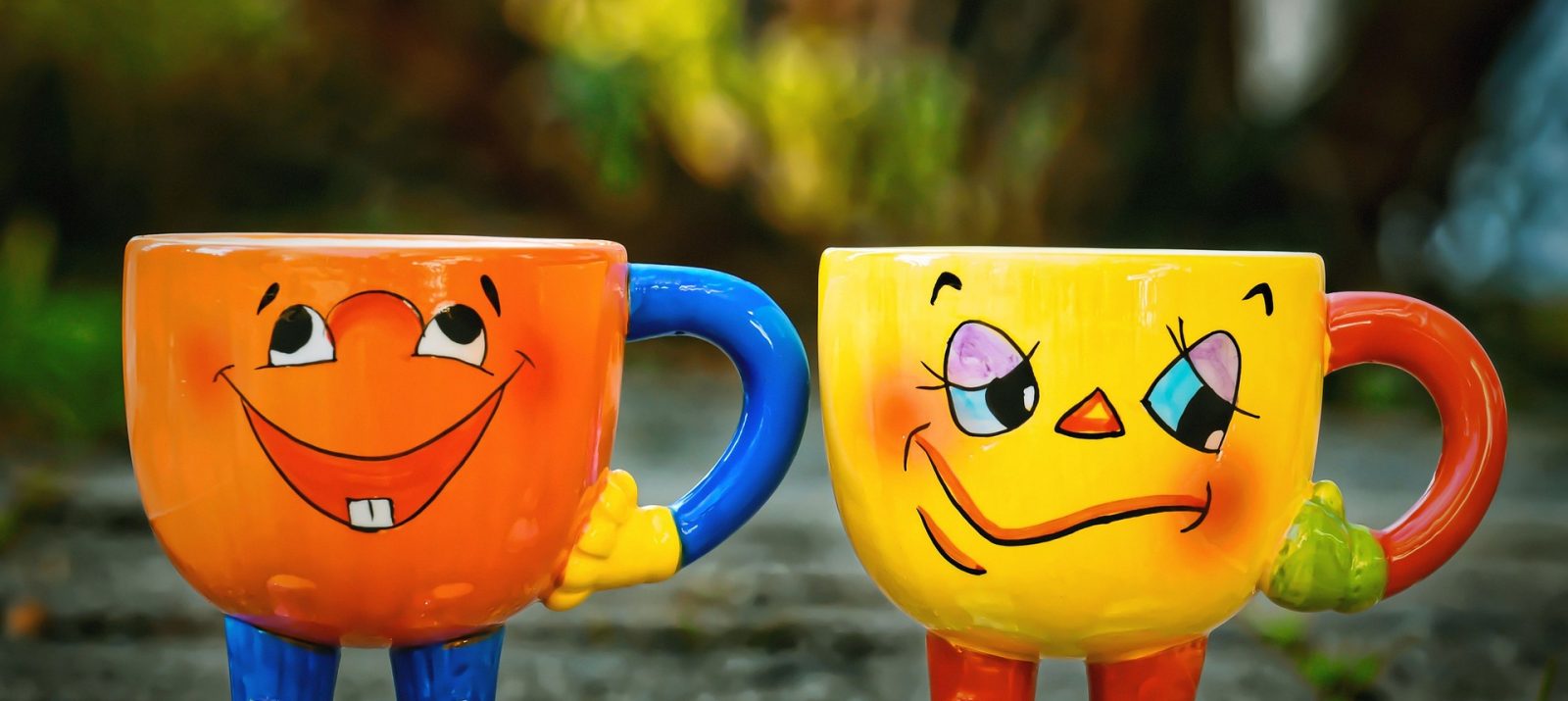
Stickers have long been indispensable in messenger apps like WhatsApp, Telegram and others. The small, colorful pictures are often funny or cute and offer a fun and creative way to express emotions and liven up conversations. We explain what stickers are useful for and when their use can also become exhausting.
Unlike traditional emojis, stickers are often hand-drawn or digitally created graphics. The small images and animations offer an easy and quick way to convey a message, express your mood or bring fun into a conversation. Stickers can also be used to overcome language barriers. Since images are a universal language, they can be useful in multicultural communication situations.
There are stickers for almost every situation, from funny memes and cute animals to political messages and cultural references. With various apps like Sticker Maker or Sticker Studio, you can quickly and easily create your own stickers that are not available in any other app.
For children and teenagers, sending and receiving the colorful images provides entertainment and fun. It is typical for young people in particular to communicate with images. Image communication partially replaces the written word. Children also like to make jokes, laugh and have fun. In stickers they can easily combine all this. Especially creating your own stickers provides a lot of creativity and individuality, which is especially popular among young people.
Find out about the apps your child uses and see what stickers are available there. There are also special parental control apps that can restrict access to certain apps or features.
Remember that social contacts become increasingly important for your child as he or she reaches puberty, and digital communication is just as much a part of this as conversations in the playground. Educate your child about not spreading stickers that may offend or harass others. Discuss rules for dealing with stickers – especially in class and group chats. Getting others’ permission before sharing stickers can help reduce problems. Also educate your child about what to do if he or she feels uncomfortable or harassed and always be approachable.
Talk to other parents and teachers about how stickers are handled in group chats. This way you can support each other and exchange ideas.
Feel free to create a fun sticker together with your child sometime. This encourages creativity and engagement with images and text.